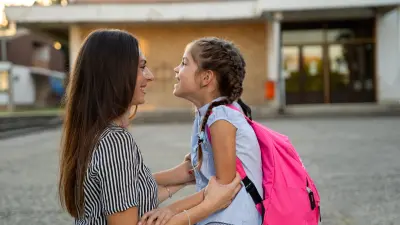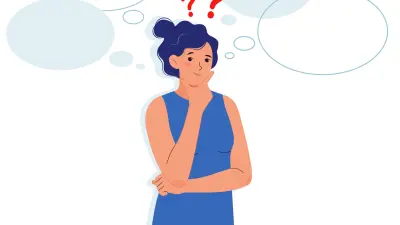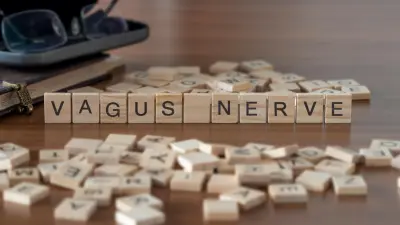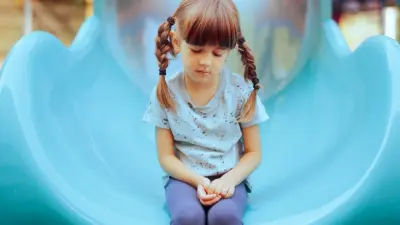Hearing your child yell, “I hate you!” can feel like a gut punch. It’s an emotionally charged moment that can trigger frustration, sadness, and even fear about what it means for your relationship. But as Dr. Becky Kennedy discusses in this episode of the Good Inside podcast, the way we respond to these moments has a profound impact on our children’s emotional growth and our connection with them.
Rather than reacting impulsively, parents can choose a response that balances emotional validation with firm, loving boundaries. Let’s explore three common parenting responses—and which one helps children learn emotional regulation and resilience.
1. The Punishment-Based Response
This is the traditional approach many of us grew up with:
- The parent focuses only on the child’s disrespectful words, seeing them as a challenge to authority.
- A punishment follows—sending the child to their room, revoking privileges, or yelling back.
- In the moment, this response may feel effective because it stops the behavior and gives the parent a sense of control.
However, punishment alone doesn’t teach emotional regulation. Instead, it often fuels more resentment and disconnection, making future conflicts even more explosive.
2. The Over-Permissive Response
On the opposite end of the spectrum is the overly permissive reaction:
- The parent focuses entirely on validating the child’s feelings while ignoring the inappropriate behavior.
- Responses might sound like: “Oh, you’re really upset right now. You really wanted that sleepover. I get it.”
- There is little to no boundary-setting, leaving the child without guidance on appropriate ways to express frustration.
While emotional validation is essential, this approach can leave children feeling overwhelmed, without the security of parental leadership. It may also reinforce the idea that all emotional outbursts are acceptable, regardless of how they’re expressed.
3. The Sturdy Parent Response (The Good Inside Approach)
The Good Inside approach, as described by Dr. Becky, strikes the right balance:
- It recognizes that a child’s words come from a place of emotional distress, not personal attack.
- It validates feelings and sets firm boundaries.
- It models calm, regulated behavior to help children develop emotional resilience.
A sturdy parent response might sound like:
️ “Whoa, those are some intense words. That tells me you’re really upset. You’re a good kid, and we’re going to figure this out together. But I know you can talk to me in a different way.”
This response accomplishes several things:
✅ It acknowledges the child’s feelings without reinforcing negative behavior.
✅ It reassures them that they are inherently good, even when they struggle.
✅ It holds the expectation that they can express emotions in a respectful way.
Why This Approach Works
Parenting isn’t about controlling emotions—it’s about teaching children how to navigate them. When parents respond with calm authority, children learn:
- Their feelings are valid, but their words and actions matter.
- They are still loved, even in moments of anger.
- Conflict can be resolved through communication, not punishment or avoidance.
By modeling sturdy leadership, parents provide a framework for kids to develop self-regulation and resilience—skills that serve them well in childhood and beyond.
“I Hate You!”
When a child says, “I hate you,” what they often mean is, “I don’t know how to handle this big feeling.” As parents, our job isn’t to react to their words with anger or ignore the behavior—it’s to guide them through it.
The Good Inside approach reminds us that our children are good, even when their behavior isn’t. By staying calm, validating emotions, and holding clear boundaries, we help them build the emotional skills they need to thrive.
What about you? Have you ever had to respond to an “I hate you” moment? How did you handle it? Share your experiences in the comments!
Be sure to check out the full episode of the Good Inside podcast HERE!








Leave a Reply